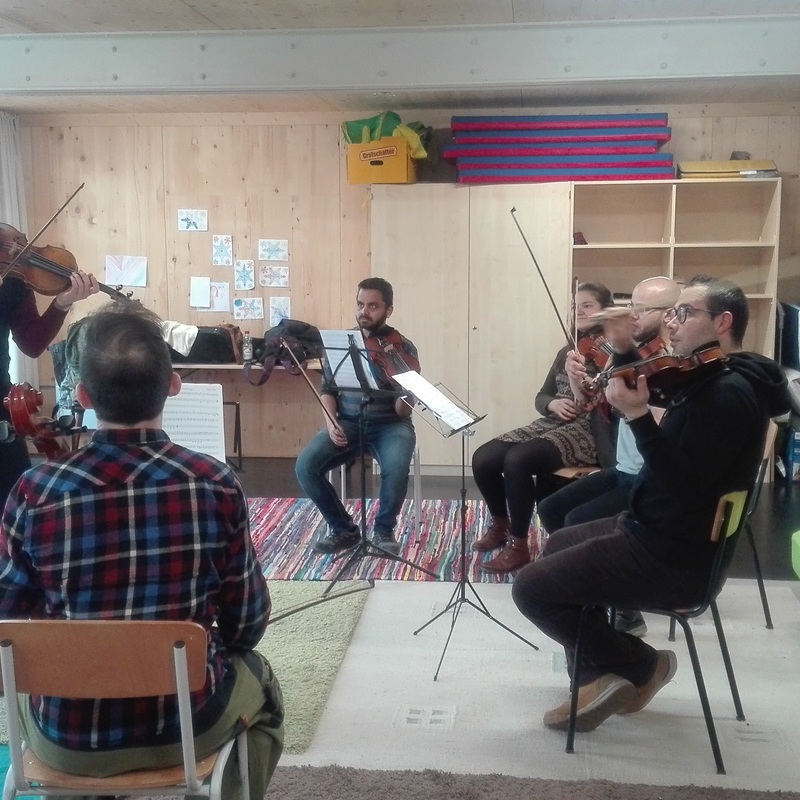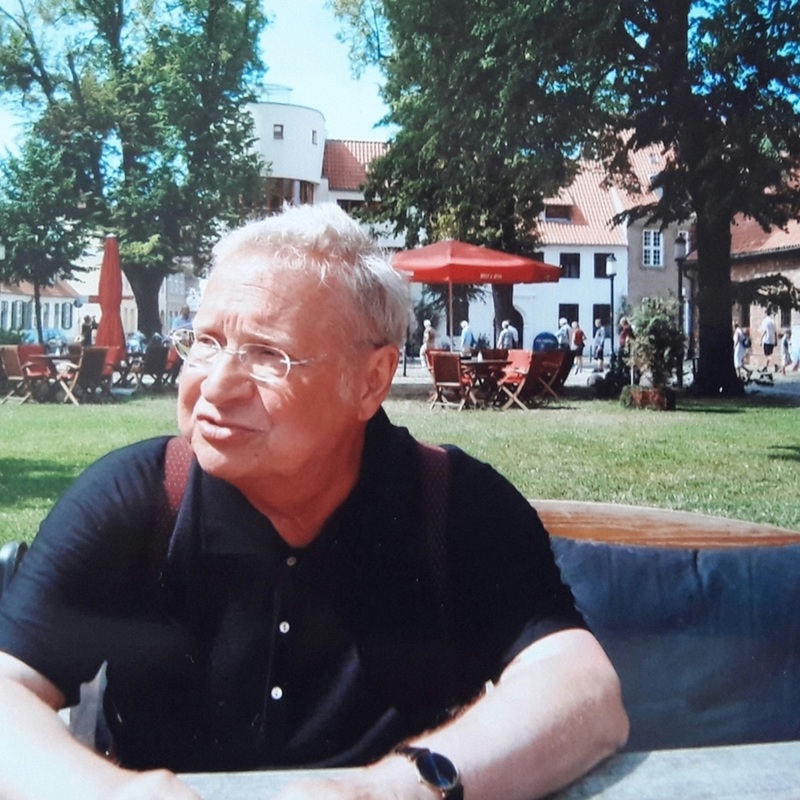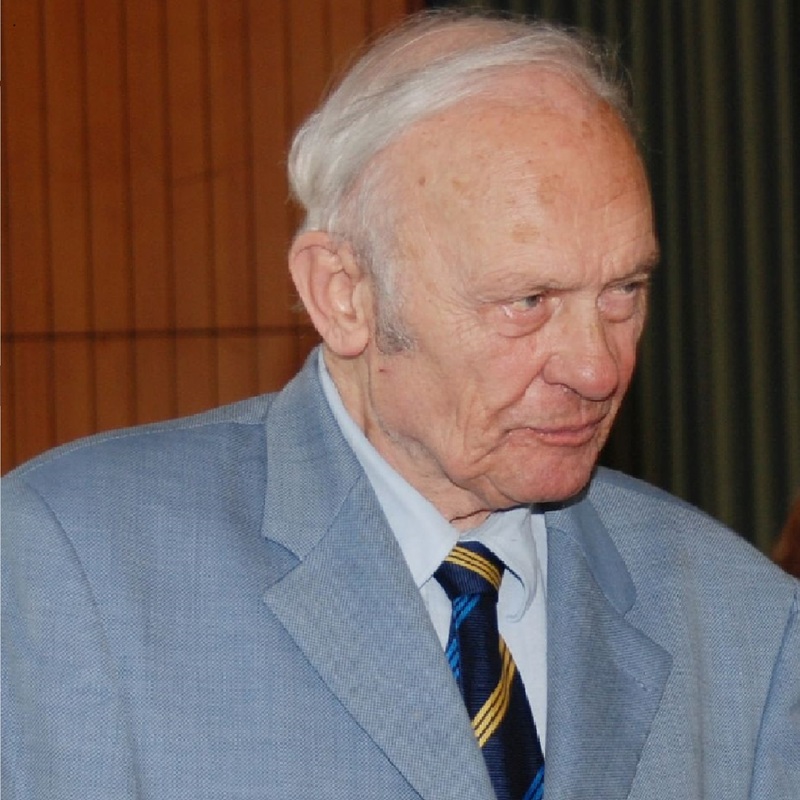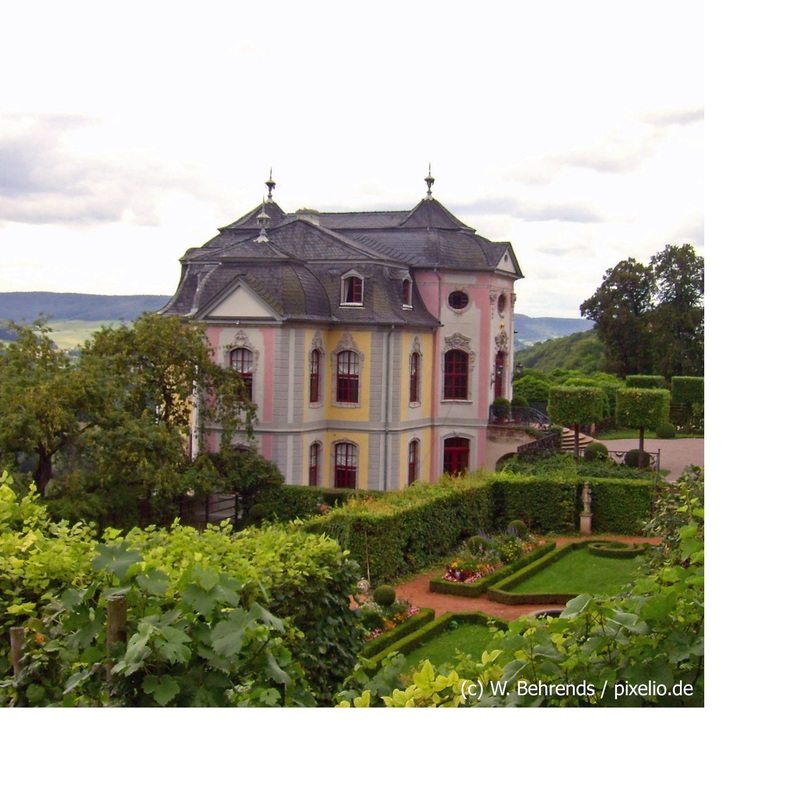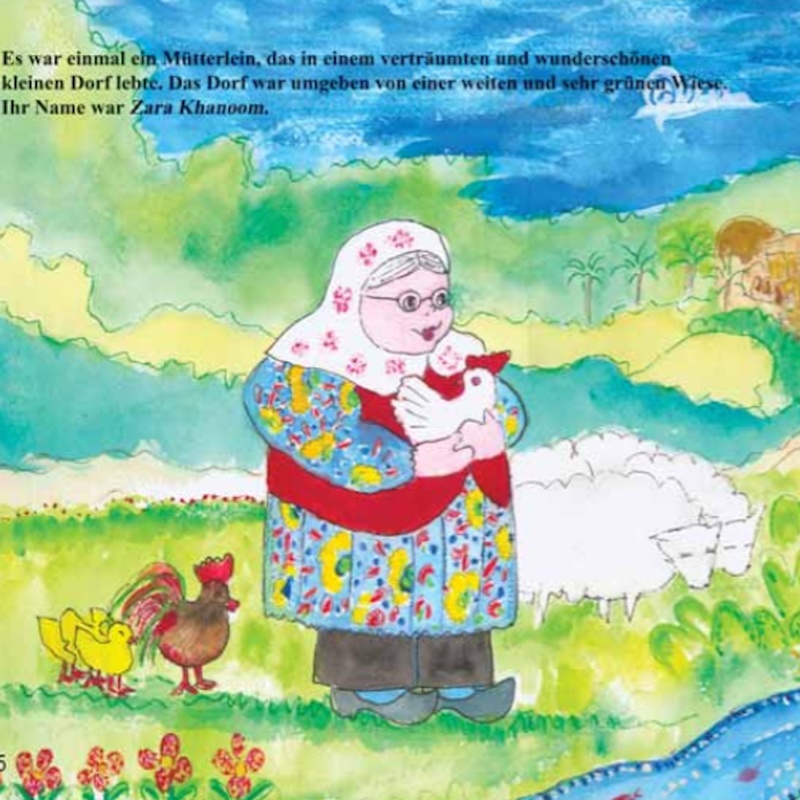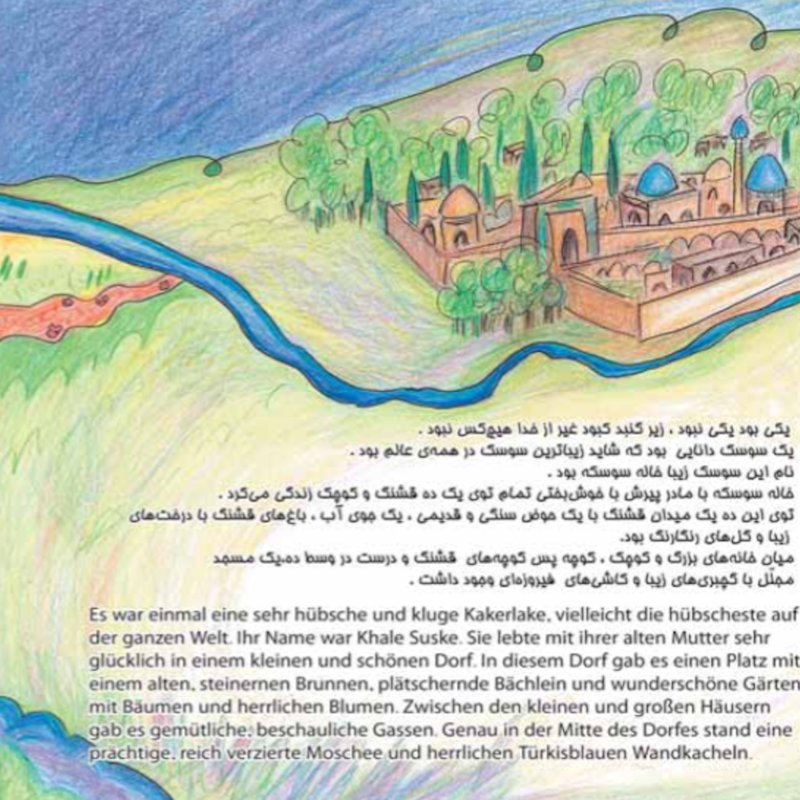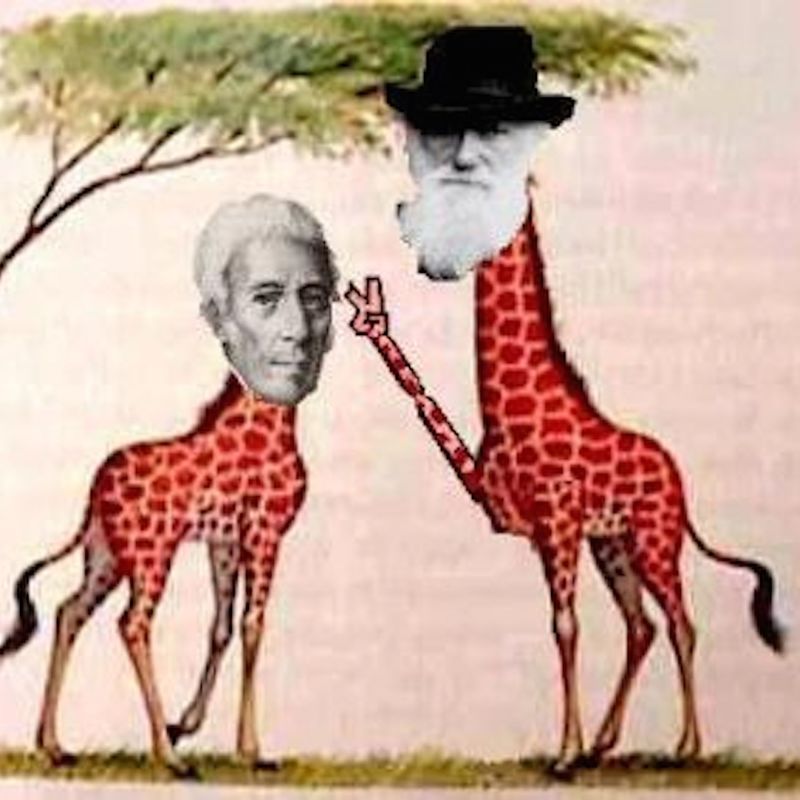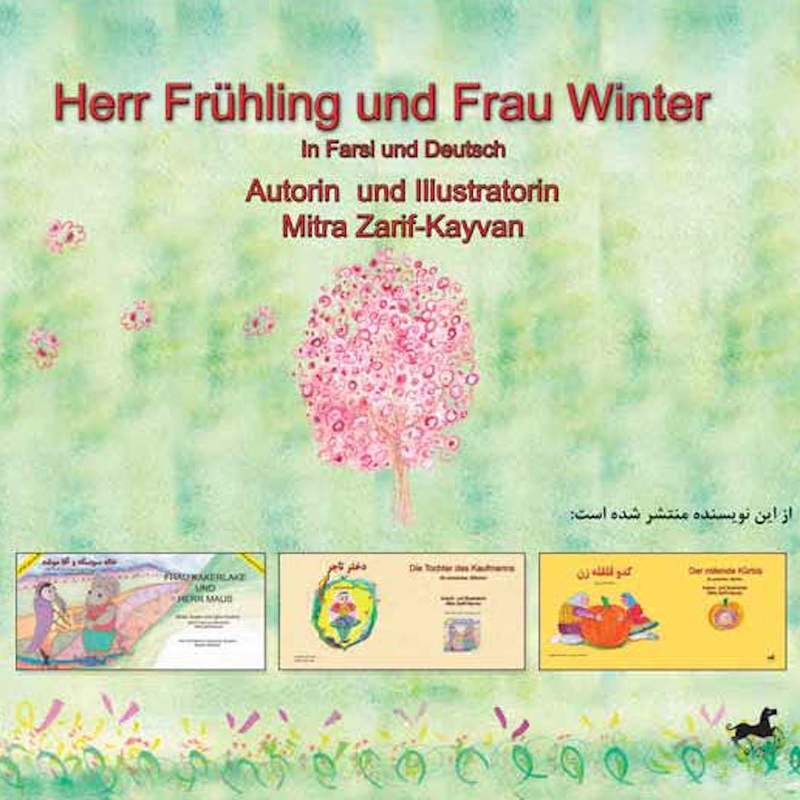Search
History of German Philology in Argentina (Chapter 1) - GESCHICHTE DER ARGENTINISCHEN GERMANISTIK
DOI: 10.17160/josha.5.3.408
This study of the history of German philology in Argentina describes and analyses the period of time between the Revolution of May 1810, which means after the independence of Argentina from Spain, and the 1950s. The study has its focus on the history of the degree program of the University of Buenos Aires. At the first chapter, we'll found the history of the science of German language and literature studies and the develop oft he foreign language (among other things, German language) from the colonial era until the first years oft he 20centurys.
Orchester with anima. A project with passion - Orchester con anima. Ein Musikprojekt mit Leidenschaft
DOI: 10.17160/josha.5.3.404
In January 2018, two students of the Conservatory Freiburg founded the orchestra con anima for young refugees in Freiburg, Germany. Their vision is to provide access to learning a musical instrument for people who might otherwise not be given the chance to do so - as well as to enhance ensemble playing in the orchestra and create space for intercultural exchange, cross-cultural friendships, and development of character through taking on responsibility within a group. The photo in cover: María Sandoval
My memories - Meine Erinnerungen an Günter Hager 1986 - 2017
DOI: 10.17160/josha.5.3.401
With the experience of a friend's death, happier people are not confronted until later in life. But also here: The message makes speechless. Phrases replace the language. "Mourning work" is only an answer of instrumental reason. Only later memories and names emerge from the fog of memory. The discussion of the memory can be made linguistically at a distance. That´s how, in the following report, Günter Hager appears in the topography of my German journeyman years of the last 30 years. Copyedited 03.04.18
Two friends are conceptualising an opera in 1845 - Zwei Freundinnen entwerfen eine Opernhandlung.
DOI: 10.17160/josha.5.2.392
Missed encounters have often been described. Queen Elizabeth of England did not visit her captive rival in the garden of Fotheringhay Castle in 1587. Nor did the imperial commander Albrecht von Wallenstein receive a Swedish subcontractor in the camp of Pilsen in 1634. However, it could have happened. The series of the eight described encounters has taken shape in leisure hours, which a retired Freiburg historian now has more extensively than before. The essays are not about fiction, but about history, which has really happened. Only one should read between the lines because unfortunately, the encounters did not take place in reality. The eight "missed encounters" published by the Freiburg-based historian Prof. Dr. em. Gottfried Schramm will appear in the next few weeks as a series in the Journal of Science, Humanities, and Arts.
Licht aus dem Osten - Light from the East
DOI: 10.17160/josha.5.2.384
Gottfried Schramm 1929-2017 "Light from the East" Missed encounters have often been described. Queen Elizabeth of England did not visit her captive rival in the garden of Fotheringhay Castle in 1587. Nor did the imperial commander Albrecht von Wallenstein receive a Swedish subcontractor in the camp of Pilsen in 1634. However, it could have happened. The series of the eight described encounters has taken shape in leisure hours, which a retired Freiburg historian now has more extensively than before. The essays are not about fiction, but about history, which has really happened. Only one should read between the lines because unfortunately, the encounters did not take place in reality. The eight "missed encounters" published by the Freiburg-based historian Prof. Dr. em. Gottfried Schramm will appear in the next few weeks as a series in the Journal of Science, Humanities, and Arts.
Rolling Pumpkin
DOI: 10.17160/josha.5.1.379
''The rolling pumpkin'' is a very popular children's fairy tale in Iran which has been orally passed on from one generation to another. Moreover, ''the rolling pumpkin'' has been published as a picture book with Persian text and rhymes in different versions. The fairy tale revolves around an old woman who is strong, courageous and self-confident. She lives completely alone and makes her own living. She embarks alone on a perilous trip to visit her daughter. On the way to the daughter, she encounters dangerous animals. She is scared but resists and defends herself. At the end, she saves her life completely alone with courage, cleverness, and reason. With the support of Ghazaleh Hinzen (Shayan) and Jan Michaelis. This is a preview of the full book, which can be ordered directly from the author or by completing the order form by pressing the "Order Book/Reprint" button.
Frau Kakerlake und Herr Maus
DOI: 10.17160/josha.5.1.378
"Khale Suske und Agha Mushe" (In Persian for Aunt cockroach and Mr. Maus) is the most famous and most popular child fairy tale in Iran which has been orally passed on from one generation to another. The fairy tale revolves around a cockroach, Khale Suske who is nice and eloquent and she proceeds completely alone on an adventurous, perilous trip to marry the rich businessman Mash Ramezun. At the end, she meets Agha Mushe with and her life takes an unexpected change. The central figures of this fable, the cockroach, and the mouse correspond to the characters from original story. The craftsmen appearing as animals are inventions of Mitra Zarif-Kayvan. Mitra Zarif-Kayvan was born in Teheran / Iran. At the age of 32 years, she emigrated with her two daughters to Germany and lives currently in Dusseldorf. She works as a freelance painter and art teacher in elementary schools and kindergartens. Besides she is also a storyteller and writes poems and stories.
„Ach, Sie sind Sänger, und was machen Sie tagsüber?“ / "so, you are a singer? and what else do you do on the day?"
DOI: 10.17160/josha.5.1.372
Artists can only inspire the audience if they are enthusiastic, and if they focus on the things that they can do better than others: They live with seriousness and devotion in the service of author and composer, and especially of the piece to perform. The everyday life of a singer consists of course of a lot of practice and of studying. It takes about four to six years to invest only for the passion and love of music and for a diploma. Why do people still wonder what an oper singer actually does during the day? Wolfgang Newerla tells us about his experience of a life devoted to singing. (Abstract updated 2018.01.06)
Somatic mutation or epigenetic modification - Somatische Mutation oder epigenetische Modifikation
DOI: 10.17160/josha.4.6.370
In the first essay on the subject of the „Renaissance of Lamarckism“ (JOSHA Vol. 3, Issue 4), we explored the historical roots of this term. We saw that Lamarck's (1744-1829) concept ofabout the inheritance of characteristics acquired during an individual`s life through active adaptation was initially even accepted by Darwin. However, since neither the scientific nor the social/political experiment could validate this thesis, it is to be understood that until the 20th century Lamarck's ideas did not gain a foothold in the advancing natural sciences and were more or less pushed out of consciousness, In order to be able to come closer to the topic of inheritance of acquired characteristics, we will first deal with the development of the elucidation of the structure and function of the chromosomes in the present essay.
Herr Frühling und Frau Winter
DOI: 10.17160/josha.4.6.368
Persian literature has always been characterized by narrations, legends, proverbs and long stories about the changes in all circumstances of humanity and the changes of nature through the change of seasons. Many fairy tales have been passed from one generation to the next and have maintained a current and different version until today. The Fairy tale about the love between Mr. Spring (Amou Norouz) and Ms. Winter (Nanne Sarma) is estimated to be more than 2000 years old. In this old narration, Mr. Spring symbolizes the new beginning, the growth of nature and the Persian New year with the beginning of spring. In contrast, Ms. Winter represents frost, rigidity and stagnation. Both characters together reflect the end of the Persian year with the end of winter and the beginning of the Persian year with the beginning of spring. In a blink of an eye, Ms. Winter, with her departure, brings an end to the cold. While Mr.

